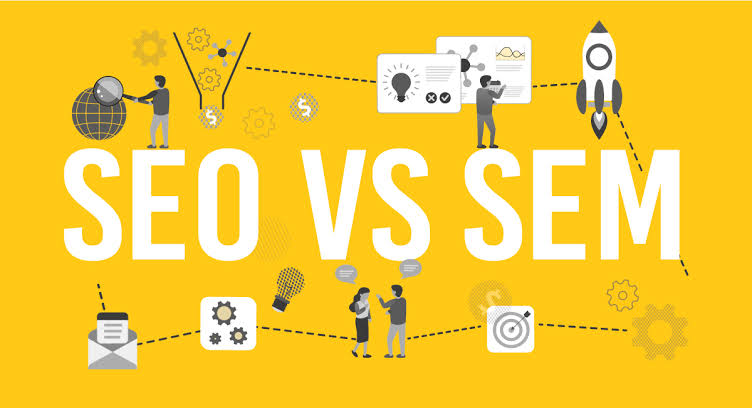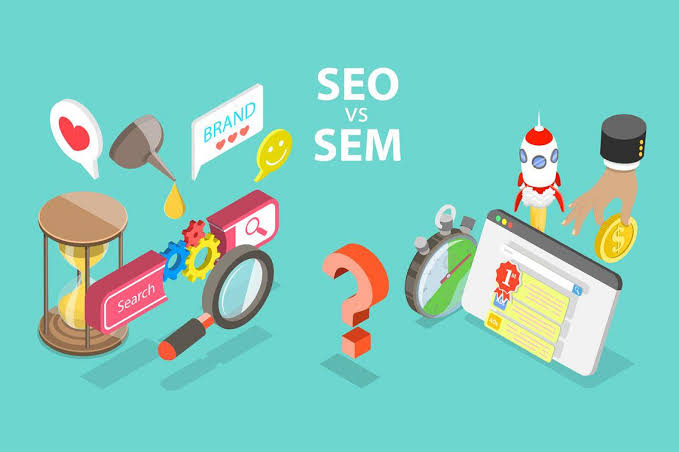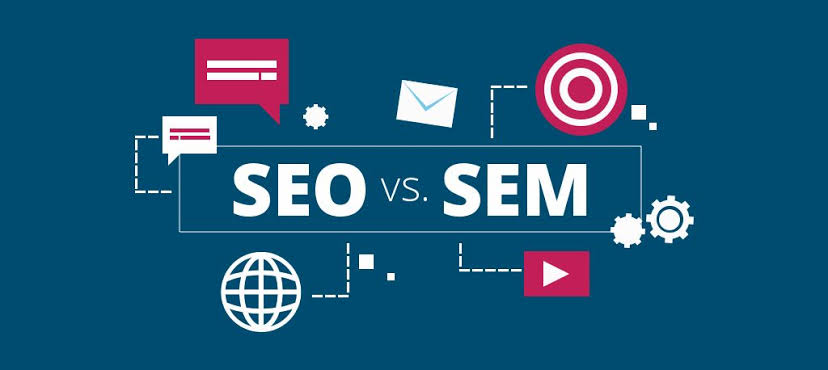
SEO vs. SEM: Discover which digital marketing strategy suits your business best and how SEO vs SEM can boost your online growth effectively.
Table Of Contents
- Introduction: Understanding SEO vs. SEM
- What is SEO? Core Features and Benefits
- What is SEM? Key Components Explained
- SEO vs. SEM: Timeframe for Results
- SEO vs. SEM: Cost Comparison
- SEO vs. SEM: Which Strategy Fits Your Business Needs?
- Combining SEO and SEM for Maximum Growth
- SEO vs. SEM: Closing Thoughts on Your Business’s Best Bet
Introduction: Understanding SEO Vs. SEM

When it comes to digital marketing, SEO Vs. SEM is a common debate among business owners and marketers alike. Both strategies aim to increase your website’s visibility in search engines, but they achieve this in different ways. SEO, or Search Engine Optimization, focuses on improving your website to rank higher organically, while SEM, or Search Engine Marketing, combines SEO with paid search advertising to boost both organic and paid traffic.
Understanding the differences between SEO Vs. SEM, their costs, timelines, and best use cases is essential for selecting the right digital marketing approach that fits your business goals.
What Is SEO? Core Features & Benefits
SEO is a long-term digital marketing strategy centered on optimizing your website to rank higher in organic (non-paid) search engine results. The main goal of SEO is to improve your site’s visibility and relevance to search engines like Google through several key practices:
- On-page SEO: Optimizing elements within your website such as title tags, meta descriptions, content quality, and page speed.
- Off-page SEO: Activities outside your site, including backlink building, social media engagement, and online reputation management.
- Technical SEO: Enhancing your website’s crawlability, site architecture, and indexing to help search engines understand your site better.
SEO is cost-effective because you don’t pay for clicks; however, it demands consistent effort and time — usually between 3 to 6 months — to start seeing measurable results. Investing in SEO can lead to sustainable organic traffic, better user experience, and improved brand authority.
What Is SEM? Key Components Explained
SEM is a broader term that covers SEO along with paid advertising efforts like pay-per-click (PPC) campaigns. It aims to increase website traffic and conversions by targeting searchers through both organic listings and paid ads.
Common SEM strategies include:
- PPC Advertising: Paying for clicks on ads displayed in search results (Google Ads is the most popular platform).
- Local SEO: Optimizing for location-based searches to attract nearby customers.
- Display Ads and Remarketing: Using banner ads and retargeting to engage visitors who previously interacted with your site.
SEM delivers near-instant visibility once ads are live, making it ideal for businesses seeking quick results or operating in competitive markets. However, SEM campaigns require a budget (often ranging $9,000 – $10,000 per month for mid-sized businesses) and ongoing management to optimize ad performance.
SEO Vs. SEM: Timeframe For Results
One of the biggest differences in SEO vs. SEM lies in how quickly each strategy produces results:
- SEO results: Typically take 3 to 6 months to build traction. This period includes time for content creation, backlink development, and technical fixes.
- SEM results: Can be seen immediately or within days after launching a campaign since ads appear at the top of search results.
While SEM offers instant traffic, it stops delivering when ad spend stops. SEO, conversely, provides a more sustainable flow of organic traffic once rankings improve.
SEO Vs. SEM: Cost Comparison
Costs are a significant factor when deciding between SEO vs. SEM:
- SEO costs: Range from $500 to $7,500 per month, mainly for tools, content production, and agency fees. You don’t pay search engines for clicks but invest in ongoing optimization.
- SEM costs: Typically $9,000 to $10,000 per month, covering ad spend plus campaign management fees. Paid ads require continual investment for consistent traffic.
For businesses with limited budgets, SEO is a cost-efficient option for long-term growth. SEM is suitable when immediate visibility and rapid lead generation are priorities.
SEO Vs. SEM: Which Strategy Fits Your Business Needs?
Deciding between SEO vs. SEM depends on your business goals, resources, and timeline:
- Opt for SEO if you can wait a few months for results, want to reduce ongoing advertising expenses, and have the capacity to maintain your website’s optimization.
- Choose SEM if you need quick traffic, want to compete in saturated markets, or have the budget to manage paid campaigns regularly.
For many businesses, a blended approach combining SEO and SEM works best—using paid ads to capture immediate leads while building organic rankings over time.
Combining SEO & SEM For Maximum Growth
The most effective digital marketing strategies integrate SEO and SEM to maximize visibility and ROI. Using SEM’s paid ads drives instant traffic and revenue, while SEO builds brand authority and a steady stream of organic visitors.
For example, running PPC campaigns targeting high-value keywords can generate immediate sales, while SEO efforts improve your website’s relevance and ranking for broader keyword sets. Local SEO and remarketing ads can further enhance your reach to specific audiences.
SEO Vs. SEM: Closing Thoughts On Your Business’s Best Bet
Both SEO Vs. SEM offer valuable benefits but serve different purposes. SEO is a sustainable, cost-effective method for long-term growth, whereas SEM provides fast, targeted exposure through paid ads.
Understanding your business needs and marketing goals will guide you in choosing the best strategy. For most, combining SEO with SEM results in a powerful, balanced digital marketing plan that drives traffic, boosts conversions, and grows your online presence effectively.
If you want to boost your website’s search engine performance, start by evaluating your SEO Vs. SEM strategy today!





